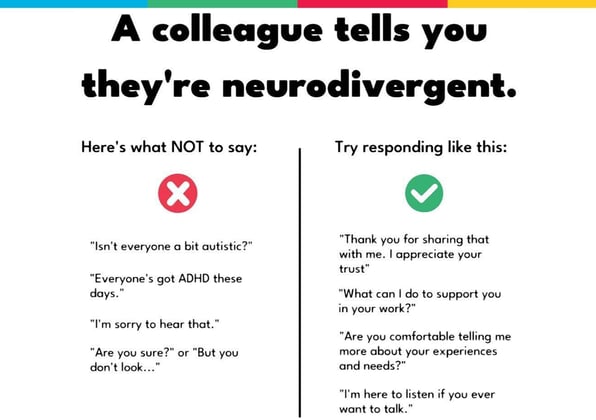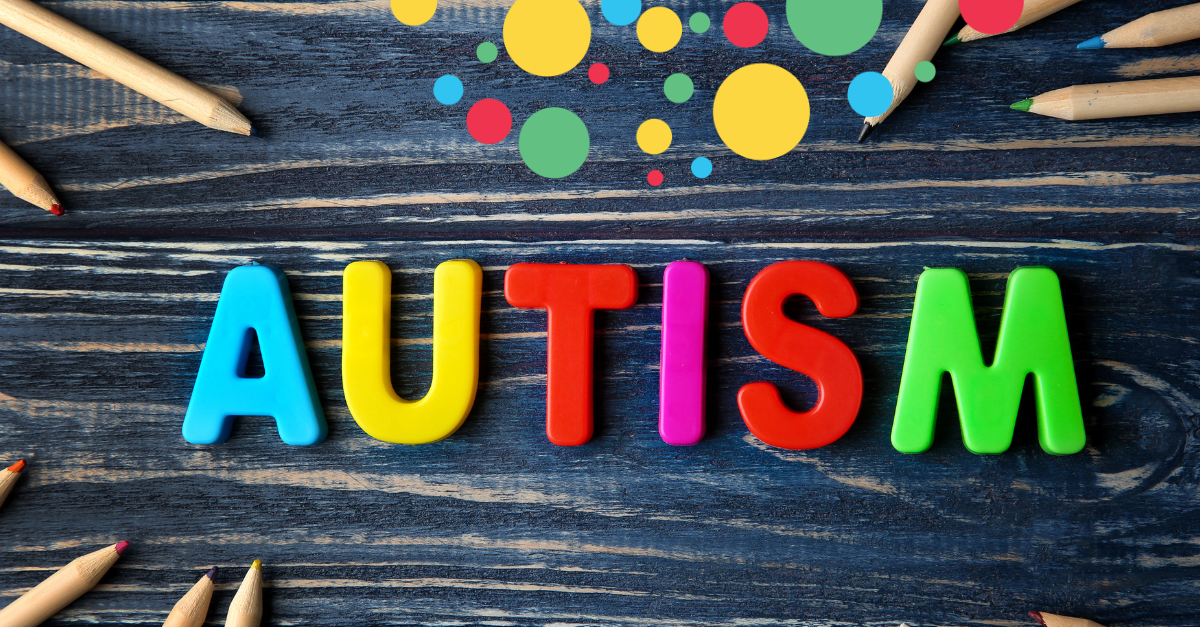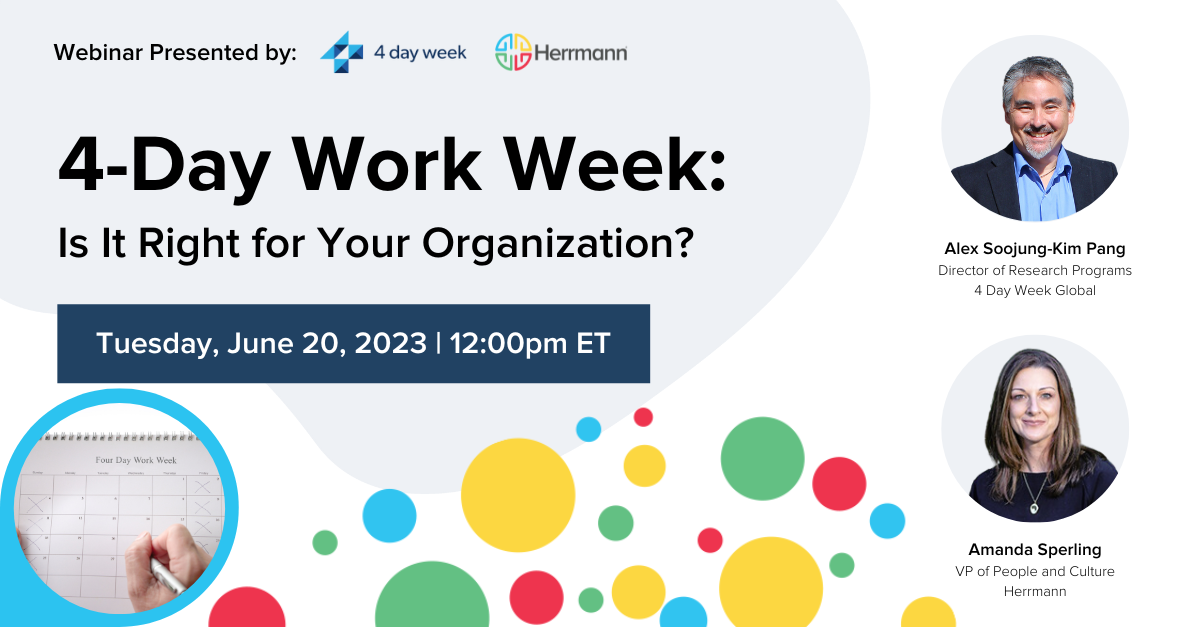April has been Autism Awareness Month, a time to raise awareness and understanding of Autism Spectrum Disorder (ASD). Autism is a neurological disorder that affects communication, social interaction, and behavior. According to the World Health Organization, it's estimated that 1 in 100 children in the world are diagnosed with autism, making it one of the most prevalent developmental disorders.
At Herrmann, we strive to create an inclusive workplace that enables individuals of all abilities to thrive. The goal of Autism Awareness Month is to increase understanding and acceptance of individuals with autism, promote early diagnosis and treatment, and encourage support for research into the causes and treatments of the disorder. It's also an opportunity to celebrate the unique strengths and abilities of individuals with autism.
Recently, in honor of Autism Awareness Month we chatted with Cara Pelletier, the Senior Director of People & Success at 15Five.
Q&A Highlights From Our Awareness Meeting With Cara Pelletier
Give us a bit of background about yourself.
I was diagnosed with autism at the age of 41 and ADHD at age 43, and I'm now a certified ADA coordinator. So I help organizations understand how the Americans With Disabilities Act applies to them and assist them as they strive to become fully accessible for people with disabilities. I'm about to start my own consulting business doing some of this and am so excited to work with more organizations who realize that disability inclusion has been kind of a missing part of the DEI conversation for a long time and want to learn more about what disability is and how it impacts the workplace.
As April is Autism Awareness Month, can you tell us why it means so much to you and why you are promoting this cause?
It means so much to me because of the profound difference that it has made in my life knowing that I'm autistic. It means that I've been able to understand why some things, for example, small talk and understanding humor as well as nuance in a conversation can be challenging. Also, things like remembering people's names have always been hard for me and no matter how much I've practiced them, they don't seem to get less awkward.

It's helped me understand why I never felt like I fit in as a kid, more like an alien observing human behavior than really fully human. It's given me the ability to advocate for myself and what I need to be successful at work and in my personal life. I have also learned to be able to treat myself with kindness and respect.
How do we create a safe space for people with autism in the work environment?
Every manager should have training on how to respond appropriately when someone discloses a disability and how to engage the HR team to determine whether or not somebody needs an accommodation at work. Many people with disabilities don't need accommodations but because there are still stigmas around disabilities they are afraid to disclose it due to the fear of other people thinking that they are less capable.
So, a colleague tells you they're neurodivergent, how can you respond?
It's important to respond with empathy and support and to never make anyone feel invalidated. Actively listen, educate your team, and be willing to make accommodations. Cara recommends three simple and easy steps to make sure you respond correctly when a person with autism discloses their disability. Firstly, respond in a way that makes them feel supported for example: Thank you for trusting me and how can I support you? Secondly, maintain confidentiality and to not disclose any personal information. Lastly, initiate the accommodations process. This means making sure the HR team knows in order to make the relevant accommodations to the person.

What is Autism Spectrum Disorder?
Autism Spectrum Disorder (ASD) is a neurodevelopmental disorder that affects communication, social interaction, and behavior. It is a spectrum disorder, meaning that the symptoms and severity can vary widely from person to person.
ASD is generally diagnosed in early childhood, usually around the age of 2-3 years old. It is more common in boys than in girls, with a ratio of around 4:1.
There are many different symptoms of ASD, but some of the most common include:
-
Difficulty with social interaction: People with ASD may struggle with understanding social cues and nonverbal communication. They may have difficulty making eye contact or engaging in back-and-forth conversations.
-
Restricted interests and repetitive behaviors: People with ASD may have very specific interests and engage in repetitive behaviors, such as lining up toys or repeating certain phrases.
-
Communication difficulties: People with ASD may have difficulty with both verbal and nonverbal communication. They may have delayed language development, or they may struggle with understanding sarcasm, irony, or figurative language.
-
Sensory sensitivities: People with ASD may be oversensitive or under-sensitive to certain sounds, textures, tastes, or smells.












